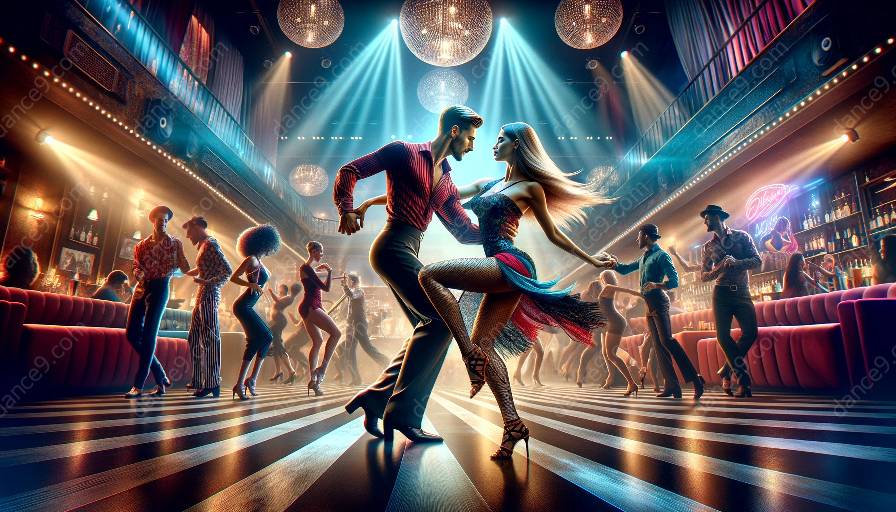Salsa dancing is a vibrant and energetic form of dance that originated in the Caribbean and has gained popularity worldwide. The key elements of a compelling salsa dance performance are essential for creating an immersive and exhilarating experience for both the dancers and the audience. In this article, we will explore the fundamental aspects that make salsa dance performances so captivating and engaging. Understanding these key elements can help dance enthusiasts and instructors enhance their skills and deliver outstanding dance classes.
Cultural Significance
Salsa dancing is deeply rooted in the rich cultural heritage of Latin America, particularly in countries such as Cuba, Puerto Rico, and Colombia. The dance and music are intertwined with the history, traditions, and social dynamics of these regions. When performing salsa, dancers often embody the spirit and essence of the Latin culture, expressing joy, passion, and sensuality through their movements. It is essential for dancers to understand and appreciate the cultural significance of salsa dance, as it influences the authenticity and authenticity of their performances.
Music and Rhythm
One of the most defining elements of salsa dance is its infectious music and rhythm. Salsa music typically features lively percussion, catchy melodies, and intricate arrangements that inspire movement and creativity. Dancers must synchronize their movements with the rhythmic patterns and musical accents to bring harmony and fluidity to their performances. Understanding the structure of salsa music, including the clave rhythm and instrumentation, is crucial for creating a cohesive and dynamic dance presentation.
Footwork and Body Movement
Footwork is a fundamental component of salsa dance performance, emphasizing intricate patterns, quick steps, and agile movements. Dancers use their feet to navigate the dance floor, incorporating spins, turns, and intricate footwork variations to showcase their technical prowess and agility. Additionally, body movement plays a vital role in salsa dancing, with dancers often incorporating hip motion, torso rotations, and expressive gestures to convey emotion and style. The fusion of footwork and body movement creates the dynamic and visually captivating aspects of salsa dance performances.
Partnering and Connection
Salsa is known for its dynamic partnering and connection between dancers. The interaction between partners involves leading and following, intricate hand and arm gestures, and coordinated movements that require trust, communication, and synergy. Effective partnering in salsa dance performances relies on clear communication, mutual understanding of cues, and the ability to adapt to each other's movements seamlessly. The connection established between partners enhances the fluidity and grace of the performance, captivating the audience with the chemistry and synchronization displayed on the dance floor.
Incorporating Key Elements into Dance Classes
For dance instructors, incorporating the key elements of salsa dance performance into their classes is essential for promoting technical proficiency, cultural awareness, and performance skills among their students. By providing comprehensive training in cultural context, musicality, footwork, and partnering techniques, instructors can empower their students to become well-rounded and expressive salsa dancers. Creating a supportive and immersive learning environment that emphasizes the cultural and technical aspects of salsa dance can inspire students to embrace the art form and excel in their performances.
Conclusion
Mastering the key elements of salsa dance performance is a rewarding journey that requires dedication, passion, and continuous learning. By understanding and integrating the cultural significance, music, footwork, and partnering aspects of salsa dance, dancers and instructors can elevate their performances and inspire others to appreciate the beauty and artistry of salsa. Whether on the dance floor or in the studio, embracing these key elements enriches the salsa dance experience and fosters a deeper connection with the dance form.













































































